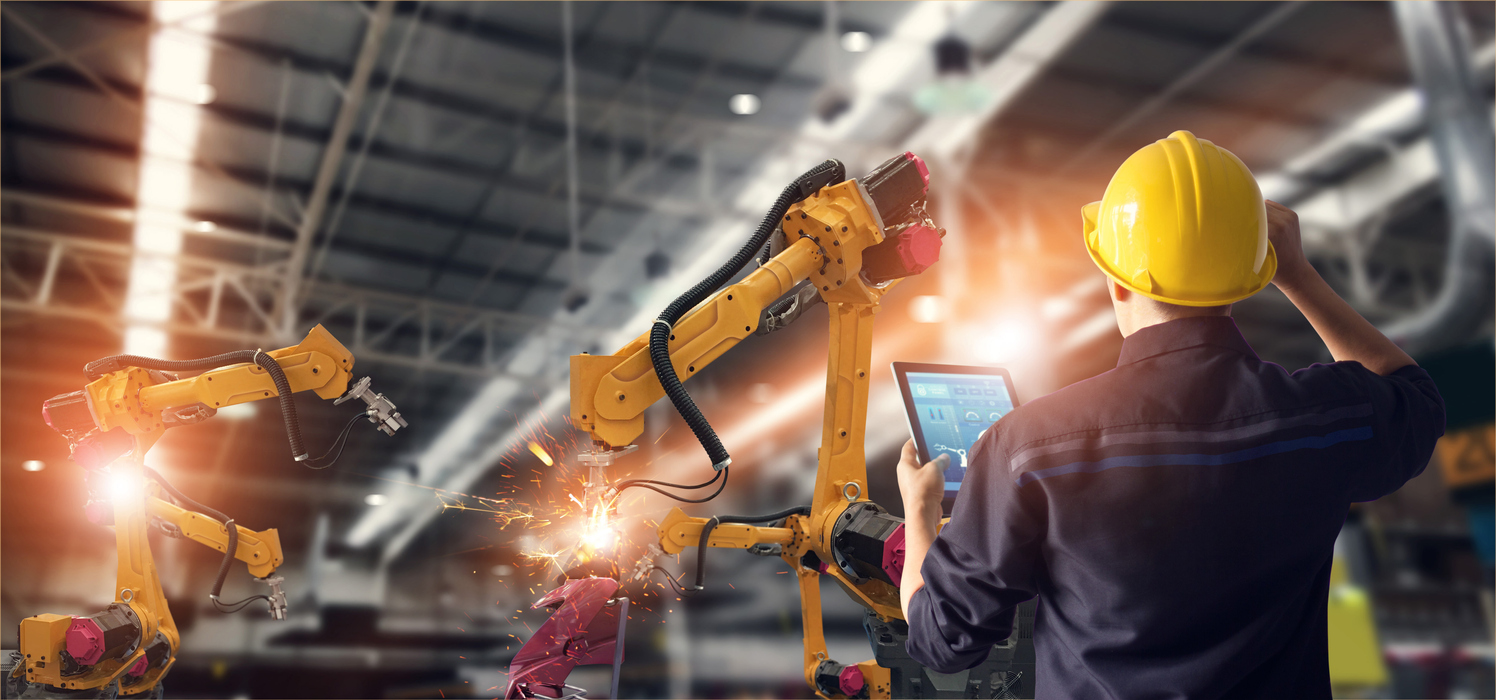- Home
- Science
- Our Work
- Air Pollution
- Agriculture, Farming and Pesticides
- Asthma and other Lung Diseases
- Coronavirus Pandemic (COVID-19)
- Exposure to Chemicals and Dust
- Exposure to Nanomaterials
- Human Exposure
- Neurodegenerative Diseases
- Musculoskeletal Disorders
- Occupational Cancer
- Sustainable Working
- Sustainability and Climate Change
- Stress, Wellbeing and Psychosocial Issues
- COVID-19 IOM Study of Face Coverings in Retail Environments
- Styrene Study
- PROTECT COVID-19 National Core Study
- Firefighters and Cancer – IOM Report
- MORtality Study of Former Professional Footballers in England and Wales (MORSE) Study
- Our Scientists
- Our Expertise
- Nano Material Services
- Development and Management of Data and Information Systems and Services
- Ergonomics Design and Evaluation
- Epidemiological Studies & Methods
- Exposure Assessment
- Health Impact Assessment (HIA) and Risk Assessment
- Policy Evaluations
- Study Design and Statistical Analysis
- Systematic Reviews and Meta-analyses
- Toxicology
- Workplace Cluster of Disease
- IOMLIFET
- IOM Scientists Advocate Tighter Standards for Airborne Dust at Work
- Research Project on Work Related Musculoskeletal Disorders
- Styrene Study
- Firefighters and Cancer – IOM Report
- IOM Library
- Contact our Research Experts
- Our Work
- Occupational Hygiene
- Case Studies
- Air Quality Sensors
- COSHH Assessment
- Dust Exposure
- Environmental Management
- Face Fit Testing
- Hand-Arm Vibration
- Indoor Air Monitoring
- Laboratory Animal Allergens
- Legionella Risk Assessment
- Local Exhaust Ventilation
- Noise Monitoring
- Thermal Exposure Monitoring
- Workplace Exposure Limits (WELs)
- Welding Fumes
- Remote Monitoring Services
- Formaldehyde Exposure Monitoring
- Biological Agent Exposure Monitoring in Waste Management
- Chromium VI
- Occupational Hygiene – Quick Quote
- Lab Services
- Asbestos and other Fibres
- Asbestos Sample Testing
- Asbestos Proficiency Testing
- Dust and Crystalline Silica
- Lead in Paint
- Metals, acid anions, acid gases
- Microbiology
- Pharmaceuticals
- Solvents & Other Organic Chemicals
- Hazard Assessment and Toxicology
- Dustiness Testing of Bulk Powders
- Lab Services Quick Quote
- Training
- Courses
- Face Fit Tester Training – Combined 2-day Course
- Face Fit Tester Training – Day 1 Qualitative Test Method
- Face Fit Tester Training – Day 2 Quantitative Test Method
- One Day Ventilation Maintenance Course
- BOHS Five Day Authorised Person (Ventilation) Course
- BOHS Three Day Competent Person (Ventilation) Course
- BOHS Two Day Competent Person (Ventilation) Refresher Course
- Contact our Training Team
- Courses
- Hospital Ventilation
- Authorising Engineer
- Dentistry Post Lockdown
- Design Review
- Independent Review
- Diathermic pen and Electro surgical tool testing
- Microbiological Monitoring
- Systems Refurbishment and Upgrade
- Validation and Verification Testing
- HSE COVID-19 Spot Check Inspections
- Training
- Contact Our Hospital Ventilation Experts
- Consultancy
- Our Company
- Contact Us

Sustainable Working
In the last 30 years, population demographics have changed and people are living longer. Simultaneously, the number of people of working age has reduced but the number of people who have retired has increased, putting pressure on pension budgets.
A number of national policies have also changed, resulting in retirement and pension ages being increased to encourage people to work longer and reduce the level of skill and experience leaving the workforce. While many people can continue to work without problems, features of the workplace itself and the practicalities of getting to and from work can become problematic. The loss of default retirement ages (apart from some sectors) has made understanding age-related change essential, as well as understanding the health and capabilities that people bring to work.
While the number of older workers has increased, taking a life-course approach there is still a need to protect workers of all ages. As an example, musculoskeletal problems are often cumulative, so prevention needs to happen from entry into the workplace. While older workers may be at reduced risk of an accident through work experience, fatalities data tells us they are more at risk of a fatal accident.
In developing sustainable work, we need to understand who is in our future workforce, and what their motivations and skills are. While older workers may be more at risk of ill health, understanding which workplace changes can support them to either stay in or return to work is essential.
Sustainable work means achieving safe and healthy working conditions that enable people to stay in and engage in work.
Protecting worker is in our DNA. While the number of older workers has increased, there is still a need to protect workers of all ages taking a life course approach. As an example, musculoskeletal problems are often cumulative, so prevention needs to happen from entry to the workplace. Older workers may be more at risk of ill health, understanding which workplace changes can support them to both stay in and return to work is essential. Understanding who is in our future workforce, what are their motivations and skills and develop well-timed sustainable work methods accordingly.
Our research:
Our research has considered the impact of work on age, as well as providing a better understanding of the need for rehabilitation and return to work processes. Working across different disciplines our research has highlighted the need for a multidisciplinary approach to manage age, workability, employability, and rehabilitation and return to work.
We are leaders in this area because we have worked on a number of research and consultancy projects with other collaborators and disciplines to take a holistic view of the issues around ageing and work, and this experience enables us to give authoritative advice and guidance.
As the percentage of children has declined from 24.5% of the population in 1976 to 18.9% of the population in 2016, the percentage of people over 65 years has increased from 14.2% to 18% in the same period. Projections for 2026 suggest that the population will be made up of 18.8% of children and 20.5% over 65 years.
Key projects

